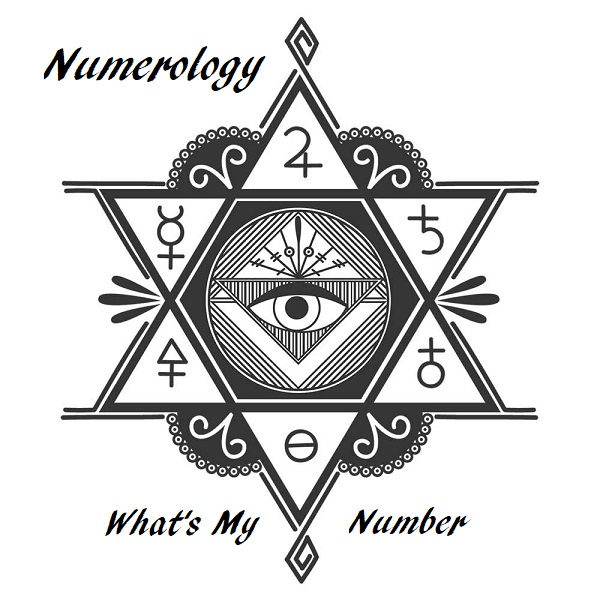Solomon’s Knot

Solomon’s Knot, (Comacine Knot) is a simple design of interlaced, endless loops.
According to the definitions of mathematical knot theory, Solomon’s Knot is classified as a link and is not a true knot.
This particular design is very ancient and appears all over the architecture of the ancient world, and further back, in stone-age carvings.

Solomon’s Knot appears on tombstones and mausoleums in Jewish graveyards and catacombs in many nations. In this context, Solomon’s Knot is a Celtic Symbol surviving from antiquity and was a popular decorative motif and thought to represent everlasting love, eternity, and the union of humans with the Divine. Having no beginning or end in the knot makes this symbol a representation of eternity and immortality.
Solomon’s knot likely has its origins in the Stone Age and is thought to be one of the oldest knots known to humankind. It has been used not just by the Celts but by most civilizations throughout history as well.

Interlaced designs of this type took much skill to execute; reportedly, this symbol was a particular hallmark of the medieval Italian stonemasons known as the Comacines, who imbued (to impregnate or inspire) it with mystical meaning, a symbol of eternal motion and the intertwining of space and time.
The design is frequently used in the designs of ancient synagogues, which probably gave rise to the symbol’s association with King Solomon.
Solomon’s knot is related to the swastika and the shield knot; the knot is often interchangeable for these solar emblems. The Solomon’s Knot, however, is not to be confused with the Solomon’s Seal, which is a pentagram.
